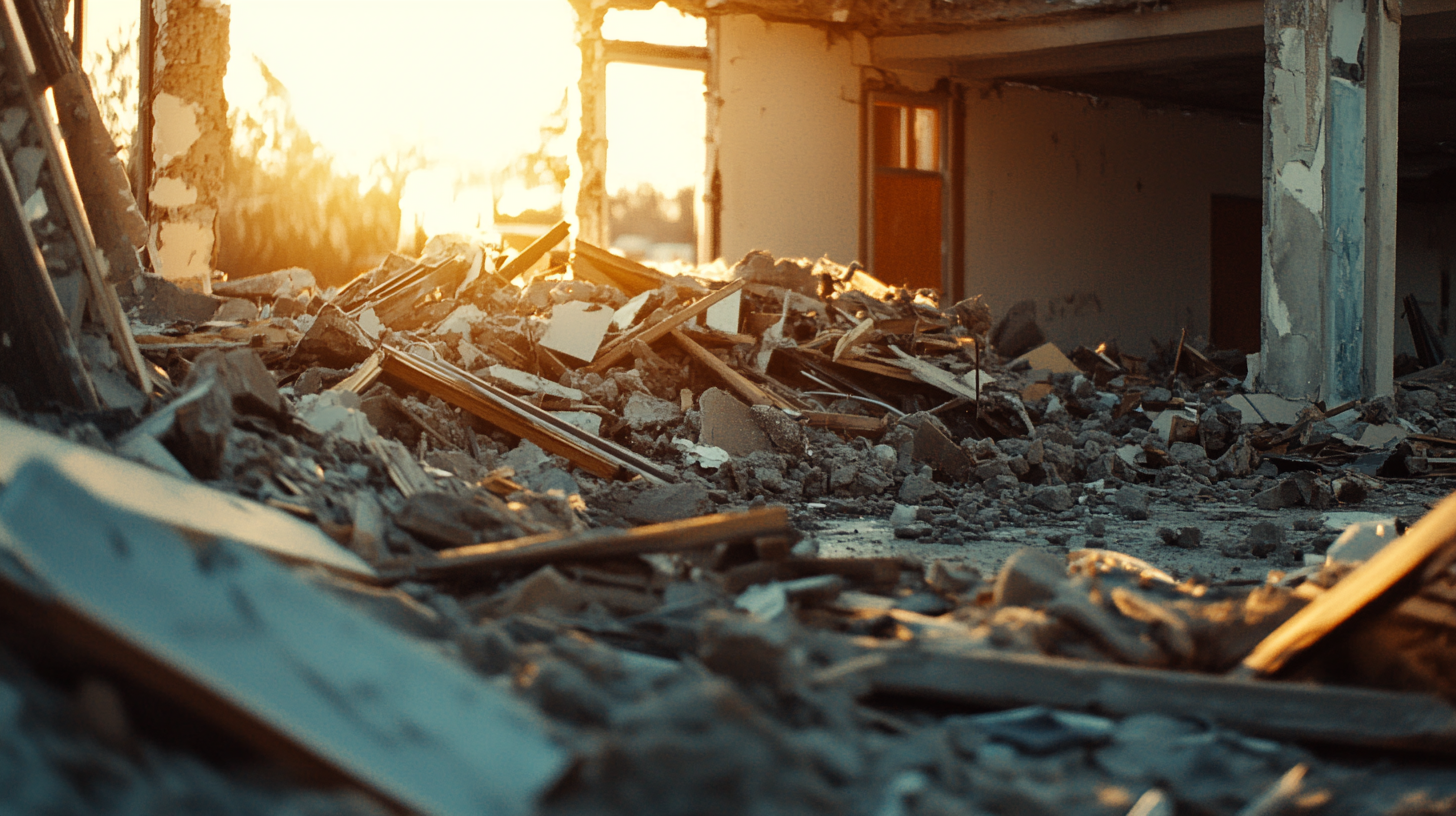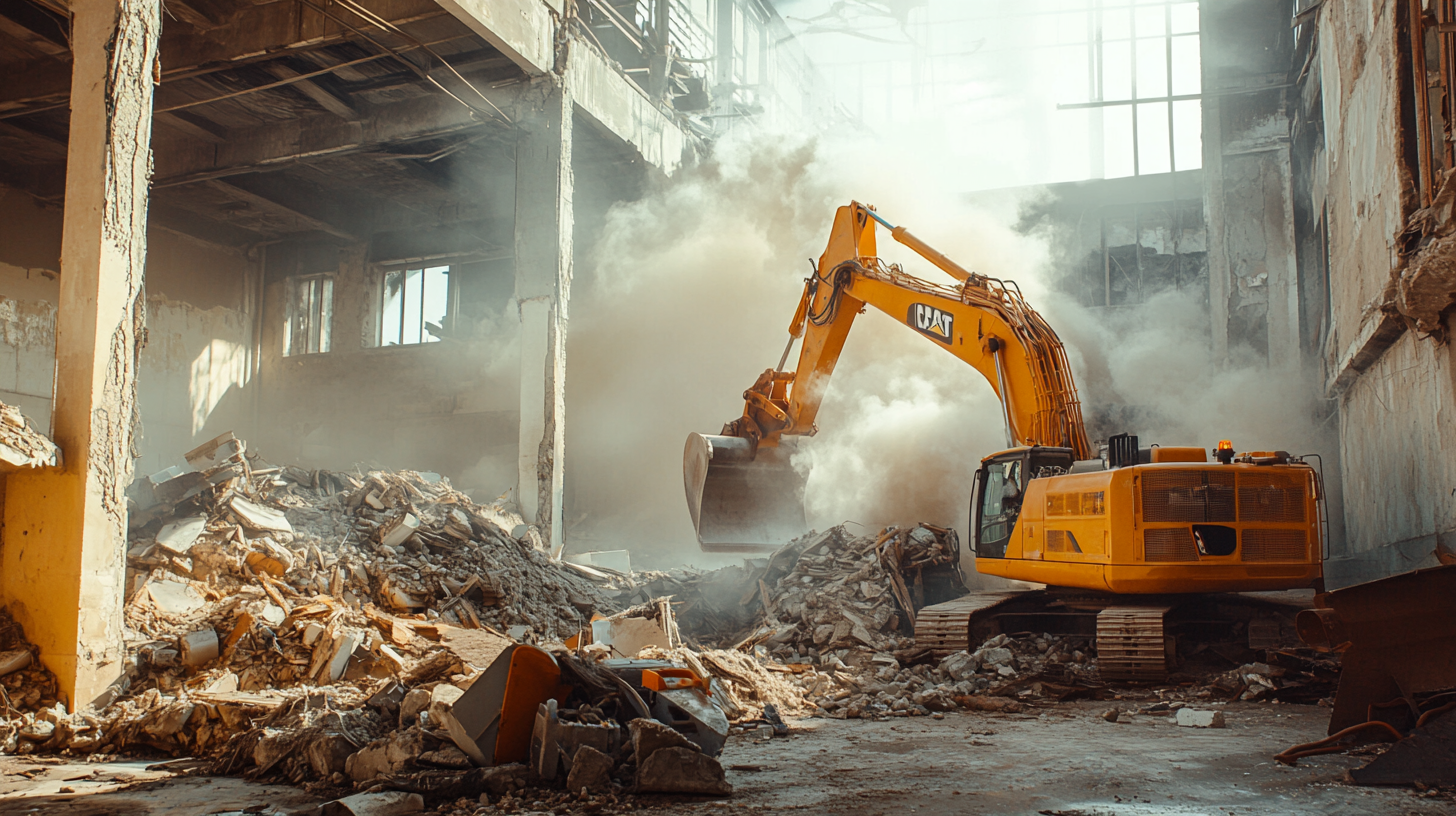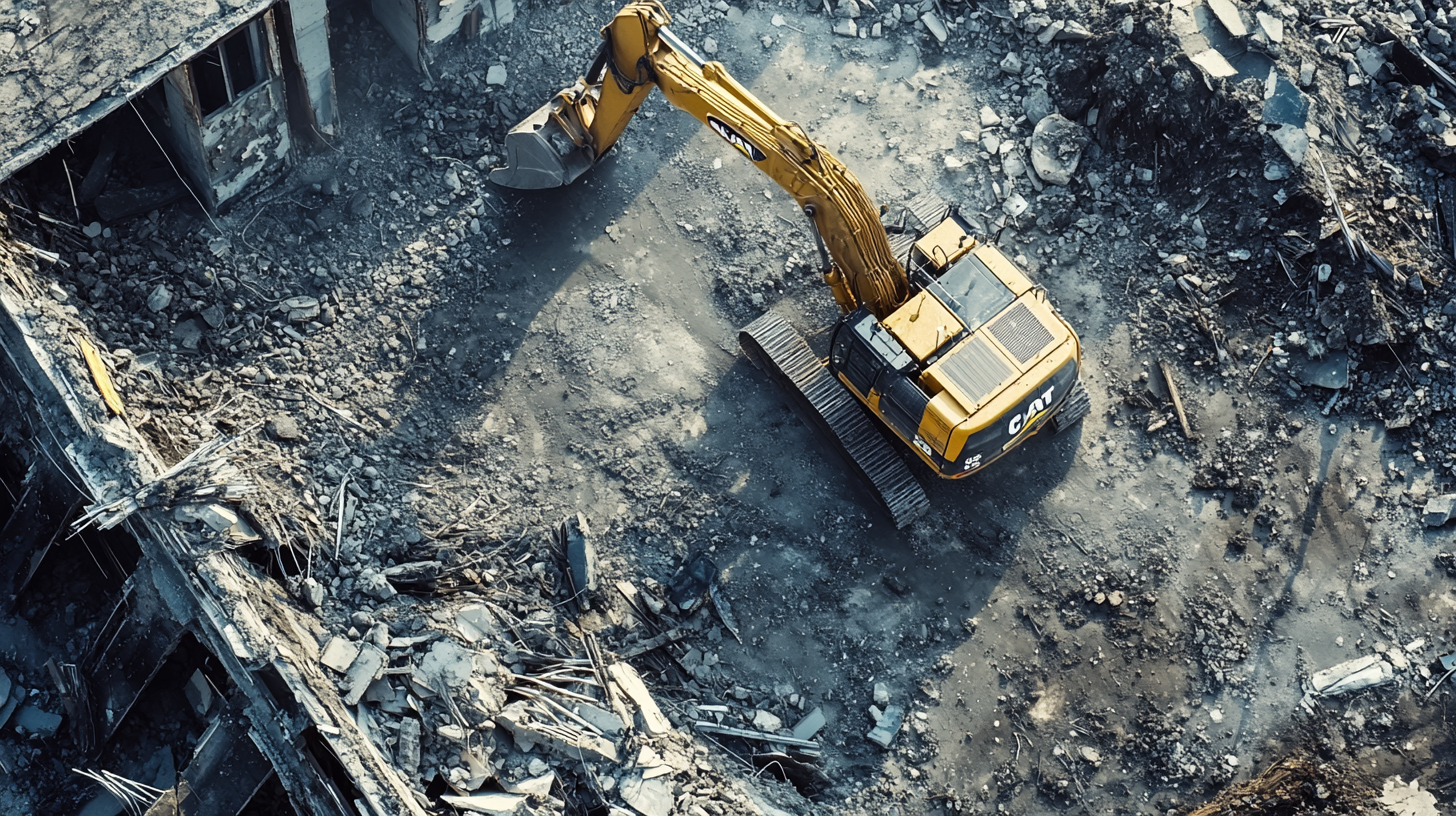When it comes to safeguarding your home's foundation and ensuring a dry living environment, exterior basement waterproofing plays a critical role. This comprehensive guide will delve into the world of exterior basement waterproofing, offering homeowners a detailed understanding of the techniques, benefits, and considerations involved. From identifying signs of water intrusion to exploring effective solutions, this guide will equip you with the knowledge needed to protect your basement from moisture-related issues.
Understanding the Basics: Why Exterior Basement Waterproofing is Crucial
Exterior basement waterproofing is a vital line of defense against water infiltration and moisture-related problems that can compromise the structural integrity of your home. The basement, being one of the most vulnerable areas, is susceptible to water seepage through foundation walls and basement floors. By implementing exterior waterproofing measures, you create a barrier that prevents water from making its way into your basement, reducing the risk of mold growth, foundation damage, and other potential issues. This proactive approach not only preserves the stability of your home but also contributes to a healthier indoor environment by keeping dampness and humidity at bay.
The process of exterior basement waterproofing typically involves excavating the soil around the foundation to expose the exterior walls. A waterproof membrane is then applied to these walls, creating an impermeable barrier that prevents water from penetrating into the basement. Additionally, a drainage system such as a French drain is installed to redirect water away from the foundation, further enhancing the effectiveness of the waterproofing system. By understanding the importance of exterior basement waterproofing and its components, homeowners can take proactive steps to fortify their homes against water-related issues and ensure a safe, dry living space.
Assessment and Planning: Key Steps Before Starting Exterior Basement Waterproofing
Embarking on an exterior basement waterproofing project requires careful assessment and meticulous planning to ensure its success. The first step is to assess the current state of your basement, identifying any existing water issues, cracks, or vulnerabilities in the foundation walls. This assessment helps in determining the extent of waterproofing required and the appropriate solutions to implement. It's also important to consider the external factors that contribute to water intrusion, such as the grading of the land, the slope of the landscape, and the proximity of water sources like rain gutters and downspouts.
Once the assessment is complete, a comprehensive plan should be developed, outlining the specific waterproofing techniques, materials, and timeline for the project. This plan should consider factors such as the type of waterproofing membrane to be used, the excavation process, the installation of drainage systems, and the potential impact on landscaping. Additionally, it's essential to adhere to local building codes and regulations throughout the planning process. By thoroughly assessing your basement's needs and developing a well-defined plan, you'll be better equipped to execute a successful exterior basement waterproofing project that effectively safeguards your home from moisture-related issues.
Comparing Methods: Exploring Different Techniques for Exterior Basement Waterproofing
When it comes to exterior basement waterproofing, several effective techniques are available, each tailored to address specific water infiltration challenges. One common method is the application of a waterproof membrane to the exterior foundation walls. This membrane acts as a barrier against water penetration, preventing moisture from seeping into the basement. Additionally, drainage systems like French drains can be installed around the perimeter of the foundation to divert water away from the basement. This technique ensures that any water that comes into contact with the foundation is directed to a designated drainage area, keeping the basement dry and free from water-related issues.
Another technique involves using a combination of waterproofing coatings and drainage boards. Waterproofing coatings are applied directly to the exterior foundation walls, creating a protective seal that prevents water infiltration. Drainage boards are then installed over the coatings, providing an additional layer of protection and a pathway for water to flow away from the foundation. These methods work together to form a comprehensive defense against water intrusion, ensuring that your basement remains dry and secure. By comparing these different techniques and selecting the one that best suits your home's specific needs, you can effectively address water-related challenges and maintain a well-protected basement.
FAQs
Contact Bull City Crawlspace Today!
Bull City Crawlspace will do everything we can to ensure your experience with us is excellent.
Request A FREE Estimate
Request a Free Estimate Form
Checkout Recent Post




Got a Question? We’re Here to Help.
You can arrange an appointment or make an enquiry by phone or email, orget in touch to us via our contact form.

